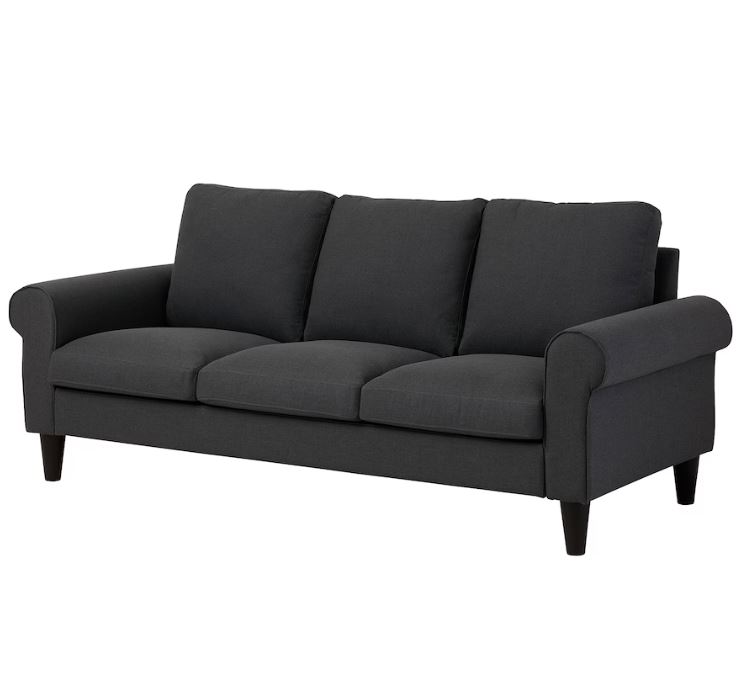As climate concerns continue to shape how we live, many homeowners are turning their attention inward—specifically, to how their furniture choices impact the planet. One of the most overlooked but significant decisions in creating a sustainable home is sofa upholstery. The fabric covering your sofa may seem like a purely aesthetic choice, but it can have wide-reaching environmental consequences.
If you’re looking to make eco-conscious choices without sacrificing style or comfort, choosing eco-friendly sofa upholstery is a smart, responsible step. In this guide, we’ll explore sustainable fabric options, what to avoid, and how to make informed upholstery decisions that align with a greener lifestyle.
Why Upholstery Fabric Matters
Upholstery fabrics are more than just surface materials—they influence the durability, air quality, and overall environmental impact of your furniture. Many conventional fabrics are made from synthetic fibers like polyester, nylon, or acrylic. These materials are petroleum-based, non-biodegradable, and often treated with harmful chemicals that off-gas into your home.
On the other hand, sustainable upholstery fabrics are made with environmentally responsible materials and processes. They reduce pollution, use fewer natural resources, and promote better health for both people and the planet.
Top Sustainable Upholstery Fabric Options
Here are some of the best eco-friendly fabrics for sofa upholstery:
Organic Cotton
Organic cotton is grown without harmful pesticides or synthetic fertilizers, making it safer for the environment and the farmers who grow it. It’s soft, breathable, and versatile, making it a great option for families or allergy-sensitive households.
Pros: Natural, renewable, biodegradable
Watch for: GOTS (Global Organic Textile Standard) certification to ensure true organic quality
Linen
Derived from the flax plant, linen is one of the oldest and most sustainable textiles available. Flax requires minimal water and pesticides, and the entire plant can be used, leading to very little waste.
Pros: Durable, naturally antibacterial, breathable
Watch for: OEKO-TEX® or other certifications for chemical-free processing
Hemp
Hemp is a superstar in sustainable textiles. It grows quickly, uses little water, and doesn’t require chemical fertilizers. Hemp upholstery is extremely strong and resistant to wear, making it ideal for high-traffic seating areas.
Pros: Highly durable, UV-resistant, mold-resistant
Watch for: Blended hemp fabrics to soften its texture while retaining strength
Recycled Polyester (rPET)
While virgin polyester is petroleum-based and non-biodegradable, recycled polyester is made from plastic waste—such as water bottles—giving it new life and reducing landfill overflow. It’s strong, stain-resistant, and affordable.
Pros: Diverts plastic from landfills, low maintenance
Watch for: Fabrics that are certified by GRS (Global Recycled Standard)
Cork Fabric
An emerging trend in eco-upholstery, cork fabric is made from the bark of cork oak trees without harming the trees. It’s naturally water-resistant, antimicrobial, and surprisingly flexible.
Pros: Vegan, hypoallergenic, low-maintenance
Watch for: Ethically sourced cork from FSC-certified forests
Avoid These Materials
Some fabrics may appear stylish or affordable but come with hidden environmental costs:
Virgin Polyester or Acrylic: Made from fossil fuels and often treated with toxic dyes.
Vinyl (PVC): Common in faux leather; non-biodegradable and off-gasses harmful chemicals.
Conventional Cotton: Though natural, it’s one of the most pesticide-heavy crops when not grown organically.
Certifications to Look For
To ensure your chosen fabric is genuinely eco-friendly, check for reputable certifications:
GOTS (Global Organic Textile Standard): Ensures organic sourcing and eco-safe manufacturing.
OEKO-TEX® Standard 100: Certifies that the fabric is free from harmful substances.
FSC (Forest Stewardship Council): Applies to wood or cork-based fabrics and ensures sustainable forest management.
GRS (Global Recycled Standard): Verifies the recycled content in synthetic fabrics like rPET.
Tips for Choosing Eco-Friendly Sofa Upholstery
Prioritize Natural or Recycled Materials
Choose fabrics with a clear environmental benefit, either through natural sourcing or reuse of waste materials.
Ask Questions
When buying from a retailer or upholsterer, ask about sourcing, dye processes, and chemical treatments.
Opt for Durable Fabrics
Sustainable also means long-lasting. Choose upholstery that can withstand wear and tear, so you won’t need to replace it soon.
Choose Timeless Styles
A neutral or classic fabric color can keep your sofa in style for years, reducing the urge to redecorate frequently.
Consider Reupholstering
Instead of buying a new sofa, consider giving your old one a fresh, sustainable makeover with eco-friendly fabric.
Style Meets Sustainability
Eco-friendly doesn’t mean boring or bland. In fact, sustainable fabrics come in a wide range of textures, patterns, and colors. Whether you’re drawn to earthy tones, modern neutrals, or bold prints, there’s a sustainable fabric that fits your style.
Interior designers are increasingly embracing eco-conscious materials for their aesthetic flexibility and unique textures. A well-chosen hemp or linen sofa can be the perfect centerpiece of a modern, earthy living room.
Final Thoughts
Switching to eco-friendly sofa upholstery Abu Dhabi is more than a design choice—it’s a step toward a healthier, more responsible lifestyle. With so many sustainable fabric options now available, you don’t have to choose between comfort, style, and ethics. By investing in upholstery that aligns with your values, you’re helping to build a future where beautiful homes and a healthy planet can coexist.

